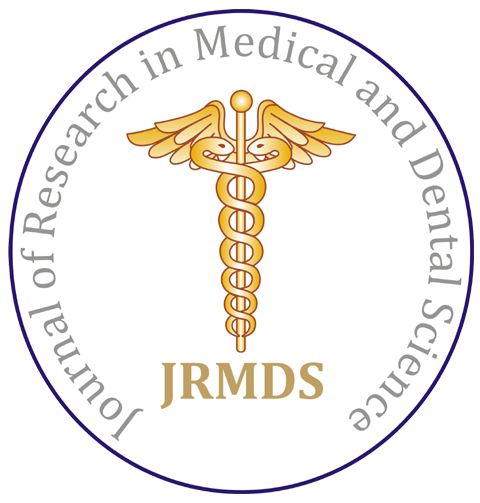Role of Eosinophil in Oral Squamous Cell Carcinoma in Relation to Stage and Grade
Author(s): Ahmed Abdul Jabbar Ibrahim* and Layla Sabri Yas
Abstract
Oral squamous cell carcinoma defined as malignant neoplasm of the oral cavity exhibiting the morphological feature of squamous epithelium and it is the end stage of alteration in the stratified squamous dysplasia when the dysplastic epithelial cell invading the underling connective tissue and reach the basement membranes. Aim: To evaluate the (Eosinophil cell density) in different grades and stages of oral squamous cell carcinoma (OSCC) using Special stain like Giemsa stain. Materials and methods: Seventeenth intraoral histopathologically proven cases of OSCC were selected (9 cases were well-differentiated squamous cell carcinoma (WDSCC), 6 moderately differentiated squamous cell carcinoma (MDSCC), and 2 poorly differentiated squamous cell carcinoma (PDSCC)). One section of 4 µm were taken for each case. All cases were stained using special stain (Giemsa stain) for studying tissue eosinophils. Eosinophil cell density was calculated using the density method. Results: (ECD) was counted &correlated with age, sex, site, grade and stage, a high significant relation between (ECD) was observed with an increasing grade of OSCC from well to poor differentiated oral squamous cell carcinoma. While (ECD) correlation with age, sex, site, and stage were statistically non-significant in all stages. Also a high significant relation bet (ECD) was observed with an increasing grade of OSCC. Conclusion: The findings of the present study highlight the significance of eosinophil counting and that it can be used as an additional morphological parameter in the grading of OSCC which can also be included in the biopsy report.
